Seagrass and salt marshes team up to fight coastal erosion

Researchers at the Virginia Coast Reserve LTER recently found that adjacent patches of salt marsh and seagrass increase sedimentation benefits in shallow coastal bays.

Researchers at the Virginia Coast Reserve LTER recently found that adjacent patches of salt marsh and seagrass increase sedimentation benefits in shallow coastal bays.
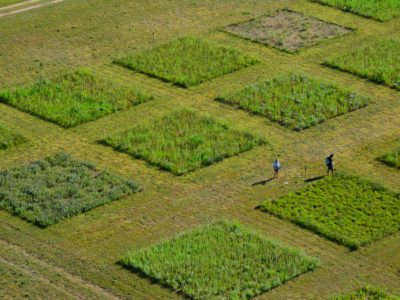
Observed benefits of carbon dioxide enrichment to C3 v. C4 plants appear to reverse after 12 years of treatment.
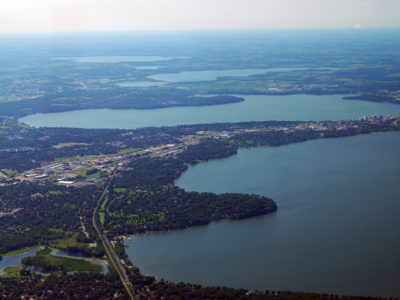
The Yahara may sound like the name of a vast desert, but it’s actually a 359-square mile watershed in southern Wisconsin. The Yahara Watershed is a mix of urbanized land (including the state capital), productive agriculture land, and a chain of lakes called the Yahara Lakes. Because of its diverse environment, the Yahara provides many… Read more »
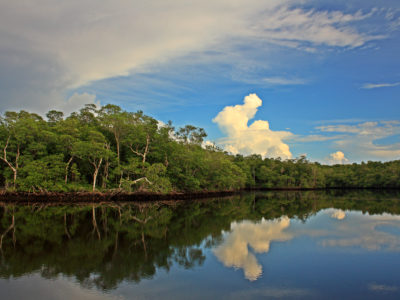
For those living in South Florida, sea level rise is a very real problem that’s impacting coastal areas right now, and is expected to worsen over the next decade. While most discussions on sea level rise in Florida focus on highly populated coastal cities such as Miami and Tampa, sea level rise is also having… Read more »
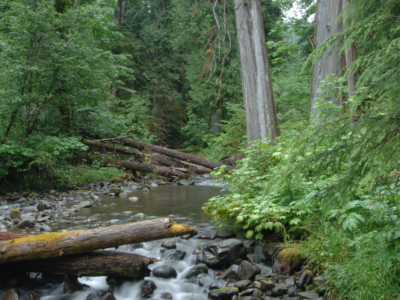
“Social forestry” describes the hybrid system of bottom-up grassroots oversight by local stakeholders and top-down, science-informed policy from larger governing bodies to determine forest management practices. Social scientists from the University of Freiburg in Germany and the University of Oregon analyzed the implementation of social forestry through a comparative case study of two National Forests… Read more »
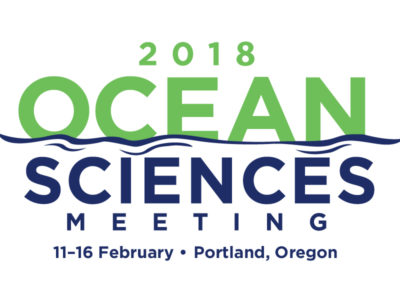
The Ocean Sciences Meeting (OSM) has become an important venue for scientific exchange across a wide range of marine science disciplines, especially as human impacts on the oceans reach unprecedented levels. OSM, co-sponsored by the American Geophysical Union (AGU), the Association for the Sciences of Limnology and Oceanography (ASLO), and The Oceanography Society (TOS), will be held 11–16 February, in… Read more »

New research from the Baltimore Ecosystem Study LTER site reveals that pharmaceutical residues in urban streams may be facilitating the proliferation and persistence of highly resistant bacteria that can survive despite the presence of these drugs.

At the 2017 AGU Fall Meeting, held at the New Orleans Ernest N. Morial Convention Center in New Orleans, Louisiana, from December 11-15, 2017, dozens of LTER researchers will present new results on a range of topics, from how ecosystems recover from droughts and hurricanes to what manufactured ice storms can reveal about how to prepare for winter’s worst. Links to the abstracts for over 100 LTER presentations at AGU 2017.
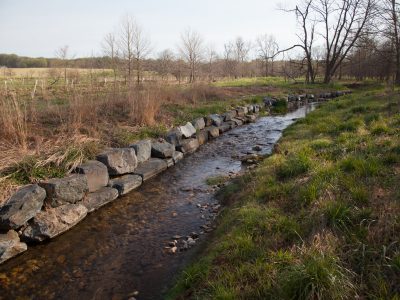
In the United States, society spends billions of dollars each year on stream restoration. Knowing where restoration efforts are likely to be most effective could help get more restoration-bang for those bucks. A recent study of 13 river restoration projects by investigators from the Baltimore Ecosystem Study LTER found that restoration appeared to be more effective at… Read more »

Credit: Ingrid Taylar. CC BY 2.0To maintain the image of a pristine beach—wide stretches of sand absent of fly-ridden piles of seaweed—managers often add sand to beaches and remove seaweed. This removal may lead to a more enjoyable experience for humans, but it constitutes a major loss of habitat for sandy beach critters, which use… Read more »